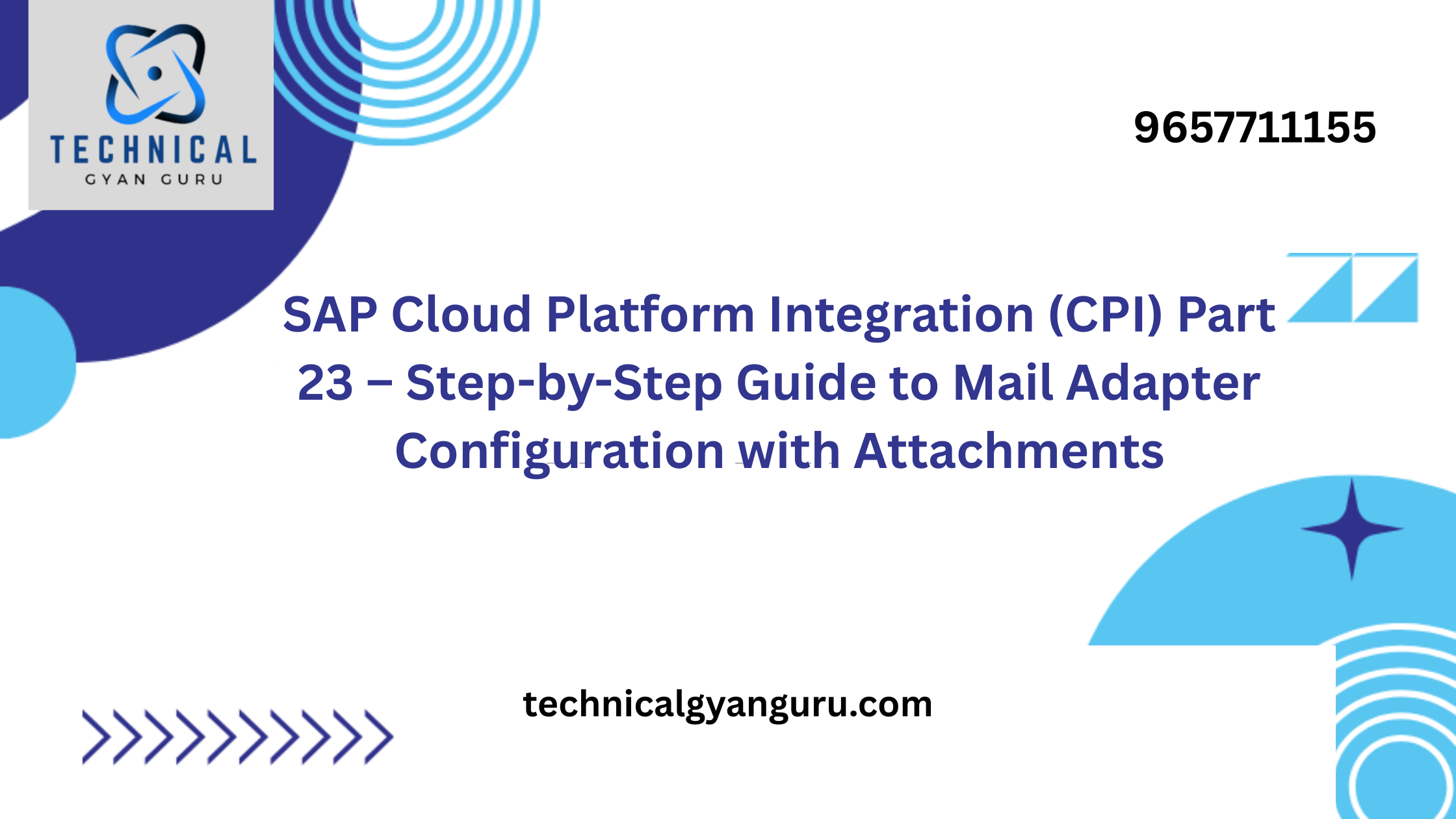
Learn about key OData query options like $filter, $select, $expand, and more to enhance data retrieval and performance in your applications.
adopted standard for building and consuming RESTful APIs. One of the key strengths of OData lies in its powerful and flexible query capabilities, which allow clients to fine-tune their data requests. This article delves into the various query options available in OData service URIs, exploring their functionalities and providing practical examples to enhance your understanding.
Introduction to OData Query Options
OData query options are parameters appended to the service URI that enable clients to customize the data retrieved from an OData service. These options can be used to filter, sort, paginate, expand related entities, select specific fields, and much more. Understanding and leveraging these options can significantly optimize data retrieval and improve application performance.
Key OData Query Options
- $filter: The
$filterquery option allows you to filter the data returned by an OData service based on specified criteria. It supports various logical, arithmetic, and string operations.Example:perlCopy code/Products?$filter=Price gt 20 and Category eq 'Electronics'This query retrieves products with a price greater than 20 and belonging to the ‘Electronics’ category. - $select: The
$selectquery option enables you to specify the properties you want to include in the response. This can reduce the amount of data transferred and improve performance.Example:bashCopy code/Products?$select=Name,PriceThis query retrieves only theNameandPriceproperties of products. - $expand: The
$expandquery option allows you to include related entities in the response. This is useful for retrieving data from navigation properties in a single request.Example:bashCopy code/Orders?$expand=CustomerThis query retrieves orders along with their associated customer details. - $orderby: The
$orderbyquery option lets you sort the results based on specified properties. You can sort in ascending (asc) or descending (desc) order.Example:bashCopy code/Products?$orderby=Price descThis query retrieves products sorted by price in descending order. - $top: The
$topquery option limits the number of results returned by the query.Example:bashCopy code/Products?$top=5This query retrieves the top 5 products. - $skip: The
$skipquery option skips a specified number of results before returning the remaining results. It is often used in conjunction with$topfor pagination.Example:bashCopy code/Products?$skip=10&$top=5This query retrieves 5 products, starting from the 11th product. - $count: The
$countquery option returns the total number of entities matching the query criteria.Example:bashCopy code/Products?$count=trueThis query retrieves the total count of products. - $search: The
$searchquery option allows you to perform a full-text search on the data.Example:bashCopy code/Products?$search=PhoneThis query retrieves products that contain the word ‘Phone’ in any of their properties. - $format: The
$formatquery option specifies the format of the response. Common formats includejsonandxml.Example:bashCopy code/Products?$format=jsonThis query retrieves products in JSON format. - $inlinecount:
The $inlinecount query option has been replaced by $count, but in legacy systems, it was used to request the inclusion of the total count of entities in the response.
Example:
bashCopy code/Products?$inlinecount=allpages
This query retrieves products along with the total count of products.
Combining Query Options
OData query options can be combined to create complex queries that precisely meet your requirements. The order of options in the URI does not affect the result, but some combinations are particularly useful.
Example:
bashCopy code/Products?$filter=Category eq 'Electronics'&$orderby=Price desc&$top=10
This query retrieves the top 10 most expensive products in the ‘Electronics’ category.
Advanced Usage and Best Practices
- Filtering with FunctionsOData supports various built-in functions for advanced filtering. Functions include
startswith,endswith,contains,length,indexof, and more.Example:bashCopy code/Products?$filter=startswith(Name, 'A')This query retrieves products whose names start with ‘A’. - Nested ExpandsThe
$expandoption can be nested to retrieve data from multiple related entities.Example:bashCopy code/Orders?$expand=Customer,OrderItems($expand=Product)This query retrieves orders, their associated customers, and the products in each order item. - Performance Considerations
- Minimize Data Transfer: Use
$selectto retrieve only necessary properties. - Efficient Filtering: Apply
$filteras early as possible to reduce the dataset size. - Pagination: Use
$topand$skipto implement pagination and avoid loading large datasets in a single request.
- Minimize Data Transfer: Use
- SecurityBe cautious with exposing sensitive data through OData services. Use authentication and authorization mechanisms to restrict access to data.
- Error HandlingImplement proper error handling in your OData services to provide meaningful error messages and HTTP status codes.
Advanced Usage and Best Practices
1. Filtering with Functions
OData supports various built-in functions for advanced filtering. Functions include startswith, endswith, contains, length, indexof, and more.
Example:
plaintextCopy code/Products?$filter=startswith(Name, 'A')
This query retrieves products whose names start with ‘A’.
2. Nested Expands
The $expand option can be nested to retrieve data from multiple related entities.
Example:
plaintextCopy code/Orders?$expand=Customer,OrderItems($expand=Product)
This query retrieves orders, their associated customers, and the products in each order item.
3. Performance Considerations
- Minimize Data Transfer: Use
$selectto retrieve only necessary properties. - Efficient Filtering: Apply
$filteras early as possible to reduce the dataset size. - Pagination: Use
$topand$skipto implement pagination and avoid loading large datasets in a single request.
4. Security
Be cautious with exposing sensitive data through OData services. Use authentication and authorization mechanisms to restrict access to data.
5. Error Handling
Implement proper error handling in your OData services to provide meaningful error messages and HTTP status codes.
Practical Examples
Example 1: Filtering and Sorting
plaintextCopy code/Employees?$filter=Age gt 30&$orderby=Age desc
This query retrieves employees older than 30, sorted by age in descending order.
Example 2: Expanding and Selecting Fields
plaintextCopy code/Orders?$expand=Customer($select=Name,Email),OrderItems($select=Product,Quantity)
This query retrieves orders along with the name and email of the customer and the product and quantity of each order item.
Example 3: Pagination
plaintextCopy code/Products?$top=10&$skip=20
This query retrieves products 21 to 30.
Example 4: Counting and Formatting
plaintextCopy code/Customers?$count=true&$format=xml
This query retrieves the total count of customers in XML format.
Conclusion
OData query options provide a powerful and flexible way to interact with data services. By understanding and utilizing these options, developers can create efficient, precise, and high-performing queries that enhance the functionality of their applications. Whether you are filtering data, selecting specific fields, expanding related entities, or implementing pagination, OData query options offer the tools you need to optimize data retrieval and improve user experience.
Read Our blog here:-
Why Use SAP SuccessFactors: A Game-Changer for HR and Business Growth
How to Reset Your KIIT SAP Portal Password Quickly
Efficient Operations and Innovative Solutions with SAP Application Management Services








